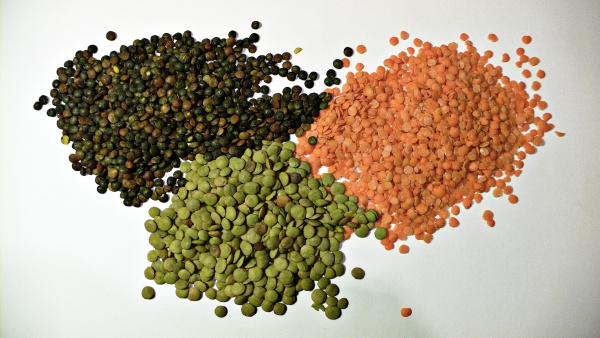Facts About Dal
Dal is a staple food across the Indian subcontinent, referring to dried, split pulses that don’t require soaking before cooking. It is an essential component of South Asian diets and a cornerstone of many Indian dishes. Dal can be prepared in various ways, including as soups with onions, tomatoes, and spices, or enjoyed with flatbreads such as rotis and chapatis, or with rice—a combination known as dal bhat in some regions.
The preparation and serving of dal often vary depending on the region. In South India, for instance, it is used to make popular dishes such as sambar and pappu. Packed with protein, carbohydrates, fiber, and essential nutrients like B vitamins, folate, manganese, thiamine, iron, and phosphorus, dal is both nutritious and delicious.
There are many types of dal, including pigeon pea, chana dal, split mung beans, urad dal, masoor dal, and rajma dal. Each type features in different regional recipes. Whole pulses are referred to as sabut dal, while split pulses are known as dhuli dal. The process of hulling pulses can affect their digestibility and nutritional value.
Making dal is generally straightforward. It involves boiling the pulses with turmeric and salt, then adding a fried garnish known by various names such as chaunk, tadka, bagar, or phoran. This garnish often includes spices like cumin seeds, mustard seeds, and asafoetida fried in oil, which is then poured over the cooked dal to enhance its flavor.

 India
India